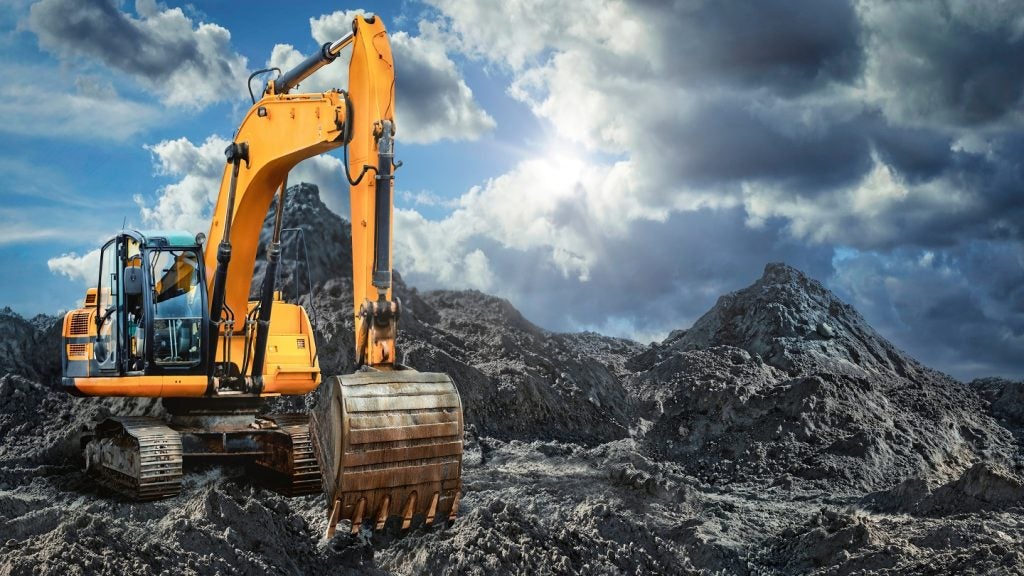The Australian Government has committed A$566.1m ($365.8m) to identify new mineral deposits and energy sources, a move aimed at bolstering the nation's future economic and industrial growth.
This investment is part of a broader focus on resources in the upcoming Budget, with the objective of fully mapping Australia's resources over the next ten years, starting in 2024–25.
Australia Prime Minister Anthony Albanese said: “There is no nation on Earth better placed than Australia to achieve our goal of moving toward a clean energy future.
“This investment highlights my government’s commitment to building a secure and sustainable future for all Australians. By investing significantly in geoscience, we can boost our progress towards net zero.”
The initiative, led by Geoscience Australia, will deploy the country's leading geoscientists to comprehensively chart Australia's resources, supporting the government's Future Made in Australia policy.
This long-term investment is designed to generate data, maps and tools that will guide new discoveries and sustain the economy, while also creating secure jobs for the current and future workforce.
The Association of Mining and Exploration Companies (AMEC) and the Minerals Council of Australia have both expressed support for the government's plan.
Additionally, the programme is set to benefit regional communities, farmers and First Nations peoples by providing them with the resources to manage their land and water more effectively and to be better informed about potential mining projects.
With this funding, the Resourcing Australia’s Prosperity (RAP) initiative will be fully financed for 35 years, equipping the resources industry for prolonged exploration and discovery that could shape the future economy.
RAP will also map offshore areas for the first time, identifying potential sites for carbon capture and storage, as well as clean hydrogen projects.
According to Geoscience Australia, the precompetitive data programme has already facilitated significant discoveries including critical minerals and rare earths essential for clean energy technologies and achieving net-zero emissions.
It has also spurred an unprecedented level of exploration activity, with 65 companies exploring across 569 tenements, spanning more than 290,000km².









